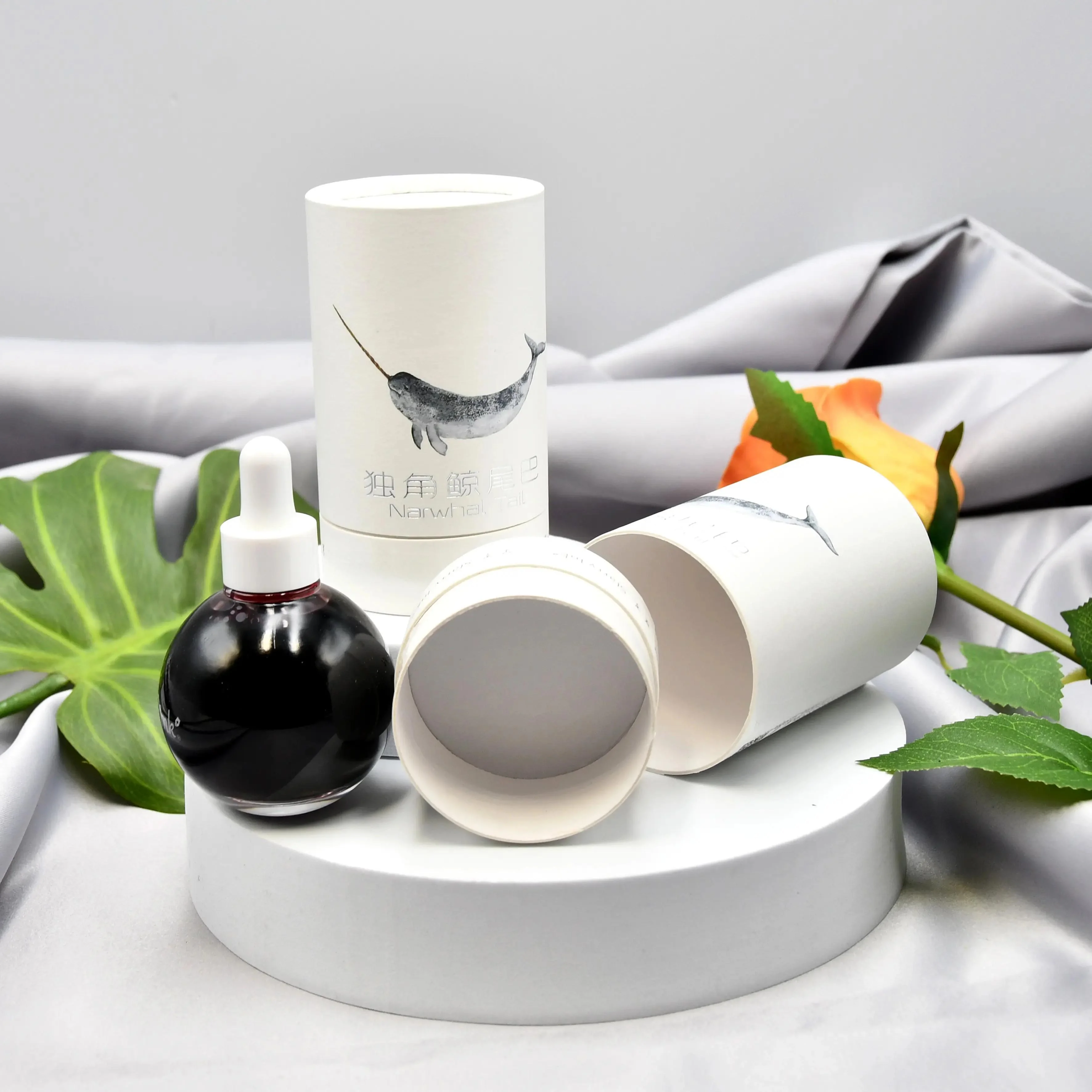In the digital age, laser printers have become an essential tool for both personal and professional use. However, concerns about the longevity of laser prints often arise, particularly when exposed to sunlight. In this blog post, we will delve into the topic and explore whether laser prints truly fade in sunlight. Through a comprehensive analysis of the underlying factors and scientific evidence, we aim to provide you with accurate information and practical insights.
- Understanding Laser Printing Technology:
To comprehend the potential effects of sunlight on laser prints, it is crucial to grasp the fundamentals of laser printing technology. Laser printers utilize a laser beam to transfer toner onto paper, creating high-quality prints. The toner, composed of pigments and polymers, undergoes a fusion process to adhere to the paper permanently. - Lightfastness and Print Longevity:
Lightfastness refers to the ability of a printed image to resist fading or discoloration when exposed to light. Manufacturers conduct rigorous tests to determine the lightfastness of their toner formulations. Laser prints, in general, exhibit excellent lightfastness due to the chemical composition of toner pigments, which are designed to withstand light exposure. - Factors Influencing Print Fading:
While laser prints are inherently resistant to fading, several factors can contribute to their deterioration when exposed to sunlight:
a) Paper Quality: The choice of paper can significantly impact print longevity. Acid-free and archival-grade papers are recommended for long-lasting prints, as they are less prone to yellowing and degradation.
b) UV Radiation: Ultraviolet (UV) radiation is a major contributor to print fading. However, modern laser printers employ toner formulations that incorporate UV stabilizers, minimizing the impact of UV radiation on print quality.
c) Environmental Conditions: Humidity, temperature, and air pollutants can also affect print durability. Proper storage and display conditions, such as using UV-filtering glass frames, can mitigate these factors.
- Best Practices for Preserving Laser Prints:
To ensure the longevity of laser prints, consider implementing the following practices:
a) Display Location: Avoid placing prints in direct sunlight or near windows, as prolonged exposure to intense sunlight can accelerate fading.
b) Protective Measures: Utilize UV-filtering glass or acrylic frames to shield prints from harmful UV radiation. Additionally, consider using archival-quality sleeves or storage boxes to protect prints when not on display.
c) Climate Control: Maintain a stable environment with controlled temperature and humidity levels to prevent moisture damage and minimize the impact of environmental factors.
Conclusion:
Contrary to popular belief, laser prints are highly resistant to fading when exposed to sunlight. The chemical composition of toner pigments, coupled with advancements in toner formulations, ensures excellent lightfastness. By understanding the factors influencing print longevity and implementing proper preservation techniques, you can enjoy vibrant laser prints for years to come. So, rest assured, laser prints do not fade in sunlight, provided you take necessary precautions.

